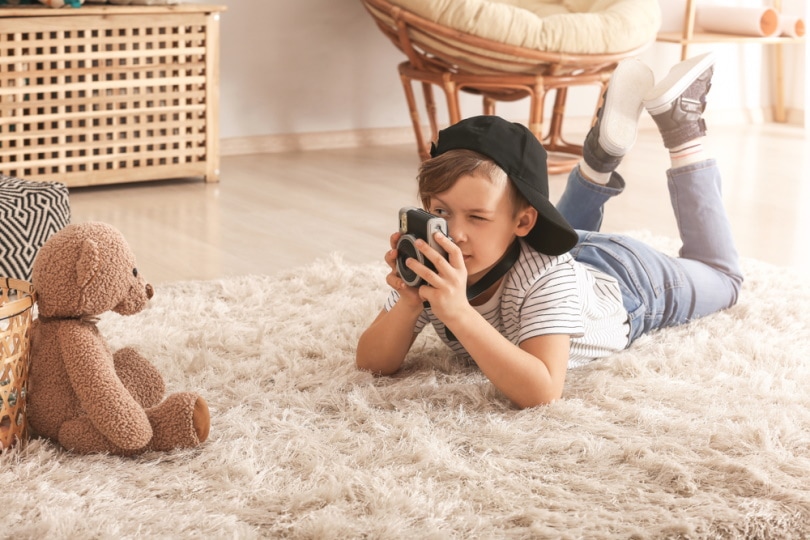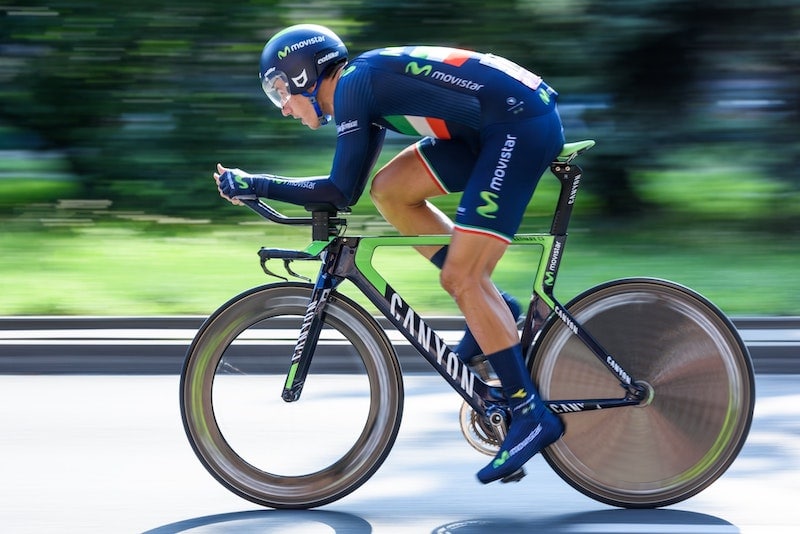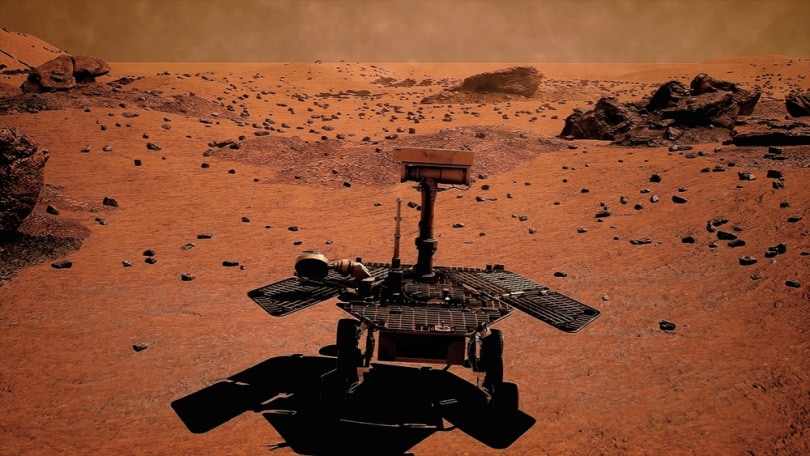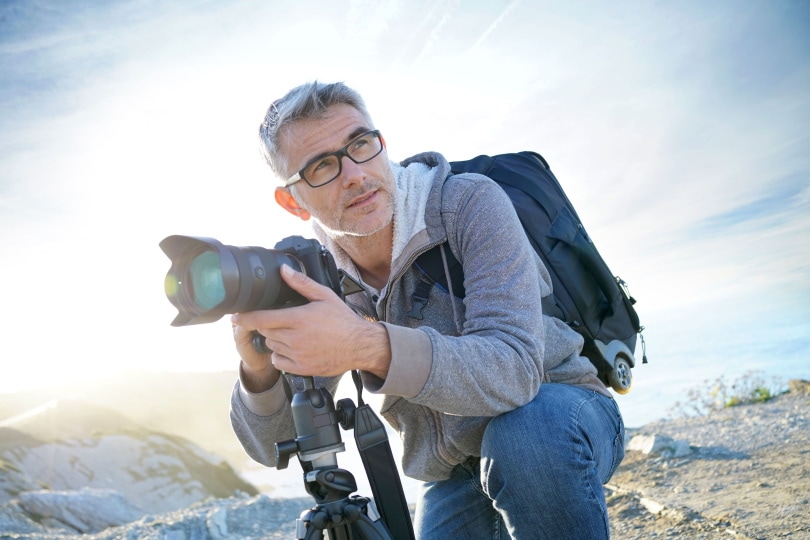10 Toy Photography Ideas to Get You Inspired
Last Updated on

At one point, toy photography was simply a part of marketing toys to kids. For example, there would be pictures of toys in catalogs. The toys would be modeled in such a way to make them attractive to the kids thumbing through the pages.
But over the years, this art form has exploded in popularity. Photographers are shooting everything from Star Wars to race cars. Sometimes they are just in really cool shots, but other times the artist creates a scene and tells a story with some clever editing.
Here are 10 toy photography ideas to inspire your next photo shoot.

The Top 10 Toy Photography Ideas to Get You Inspired
1. Unique Lighting
For a second, we may forget this is a picture of a toy! With this unique lighting, much attention goes to the Spiderman toy’s shadow. Not only does it create a sense of realism, but it also adds some dynamic to the picture.
This same principle of using light to create different effects is one of the fundamental techniques for any kind of photography. If there was one thing to master first when it comes to toy photography, many would say it’s the right light usage.
2. Create Action

You can create action and adventure in your toy photography shots with some editing and setup. Then instead of a picture of toys propped up on a table or the ground, you get a live-action scene of Scooby-Doo and Shaggy running from a T-rex. By creating this action, you’re on your way to not just taking a picture but telling a story and embracing the art form.
3. It’s All in the Editing
This picture of a toy car on the road is another great example of what editing can do. The bottom picture is very clearly a toy car on a paper “highway” with some dirt sprinkled on the edge. However, that same picture could be used as an advertisement for a real car once it’s edited. The editing puts a massive emphasis on the realism of this toy photography.
4. Let the Toy Stand Alone

This picture is a prime example of toy photography in its most basic form. The toy is front and center on a white background, likely for a sale listing on the internet. This is exactly what the art of toy photography has evolved from. However, simple photos like this still have their place and purpose; not every toy photo has to be action-filled.
5. Tell a Story
Photography is one of those art forms where the goal is often to tell a story in one or several photos. This is a perfect example of telling a story in toy photography. Even though it’s a goofy story, we feel the lego banana figure’s pain as he has a funeral for the old brown banana. When telling a story, the goal is to evoke emotions—happiness, sadness, fear, etc.
6. Mix Reality and Toys
https://www.instagram.com/p/Cd3nxwjtKwC/
Mixing reality and toys together is fun when doing this type of photography. For example, in this picture you’ve got a big doll. Instead of creating a fake beach scene for the photo—which is possible—the photographer has taken the picture at a real beach to create this fun crossover of real-life and toys, just like Toy Story!
7. Include the Kids
Whether you’re trying to create a fun picture or attempting to take one to sell a toy, including kids—or in this case, babies—in the image can add another dynamic. It’s similar to mixing reality with toys like in the previous example but a little more personal. This is an excellent route to go when doing toy photography for selling.
8. Perspective is Everything

Is that a life-size hulk toy? Nope, just a normal action figure toy. But this photographer has captured it from a different perspective, creating a larger-than-life illusion.
This is a similar technique to what they use in movies when they need to create extreme size differences that don’t exist. One great example is the Lord of the Rings movies. The story needed extremely short people to play Hobbits and Dwarves, yet the actors who played them were of average height.
9. Magic in the Preparation
Getting this cool shot of the Lego Indiana Jones would not have been near as awesome if the photographer hadn’t taken the time to prepare all the little details. A pile of dirt, the “sides of the cave,” and a lit match all came together to give us the illusion that this Lego figure was caught exploring a dark cave. Seeing this picture should give us an appreciation of just how much preparation goes into some toy photography.
10. Crossovers are Fun
If you’ve seen Jurassic Park, you’ll probably recognize this iconic scene where the lawyer gets eaten off the toilet by a hungry T-rex. But wait, the stormtrooper is in the wrong picture. Or is the T-rex?
That’s the beauty of toy photography. The pictures are supposed to be fun. Of course, even these types of photos can be serious, but the overarching theme is generally lighthearted and fun. So, why not do a crossover. What’s next, Scooby-Doo and Jaws?

What You Need to Get Started With Toy Photography

If you’re interested in getting into toy photography, here are a couple of quick tips to get you started on your journey.
- Camera: You don’t need to start with the most expensive one, but getting a decent camera with manual settings will be a huge benefit.
- Shoot Manually: It’s fine to take pictures and let the camera’s auto setting do the work. But if you want to take your picture-taking to the next level, get comfortable using the manual settings.
- Narrow Aperture: Using a narrow aperture allows you to take closer pictures without losing that neat bokeh effect.
- Low ISO: Your ISO setting determines how much light is in the picture. By lowering this when taking the shot, you can easily add light in the editing stage for the perfect effect.
- Tripod: Again, you don’t have to buy the most expensive one right out of the gate, but a good tripod will enable you to take much better toy photos.
- Lighting: This depends entirely on what and where you’re shooting. But investing in some artificial lighting options for different situations is a huge benefit for toy photography.

Final Thoughts
The nice thing about toy photography is that your subjects don’t move, so you can take your time and get that perfect shot. And what better way to get back to our younger years and relive some incredible memories if not by creating stories with some of our childhood favorites? Plus, there’s a growing commercial demand for high-quality toy photography.
Featured Image Credit: Pixel-Shot, Shutterstock
About the Author Shea Cummings
Shea Cummings is a passionate content writer who believes that the power of words is immeasurable. He leverages years of experience in various trades such as carpentry, photography, and electrical to bring his articles to life. His goal is to provide his readers with information that delights and informs. When he's not writing you can find him spending time in the outdoors or playing some Minecraft on the Xbox with his wife and two sons.
Related Articles:
How to Clean a Refractor Telescope: Step-by-Step Guide
How to Clean a Telescope Eyepiece: Step-by-Step Guide
How to Clean a Rifle Scope: 8 Expert Tips
Monocular vs Telescope: Differences Explained (With Pictures)
What Is a Monocular Used For? 8 Common Functions
How to Clean a Telescope Mirror: 8 Expert Tips
Brightfield vs Phase Contrast Microscopy: The Differences Explained
SkyCamHD Drone Review: Pros, Cons, FAQ, & Verdict
